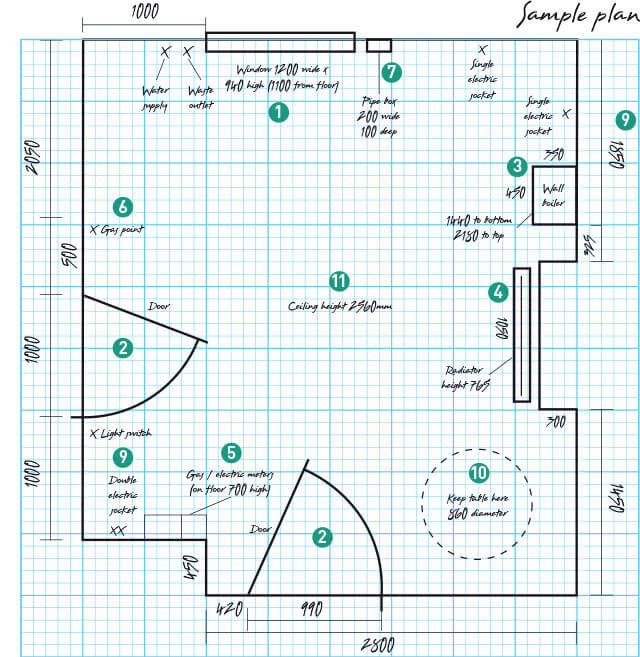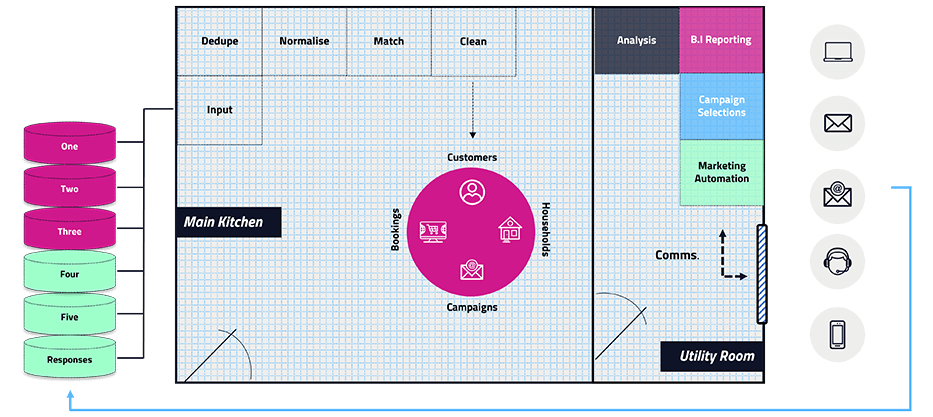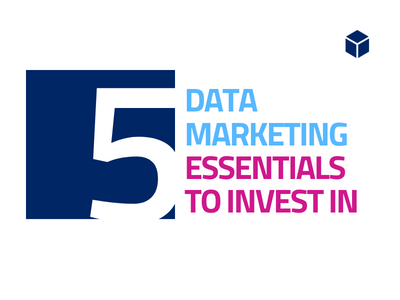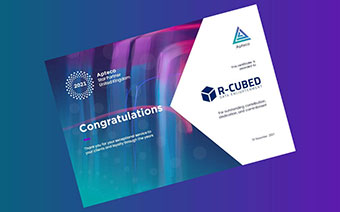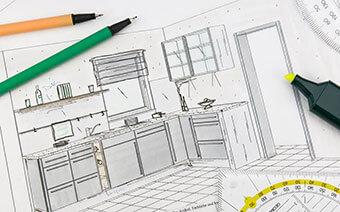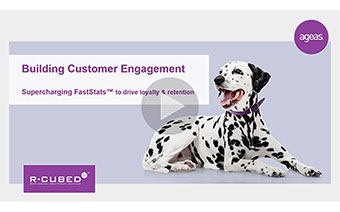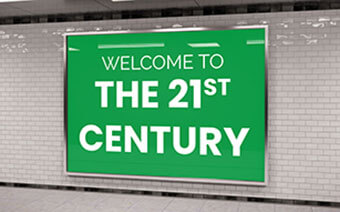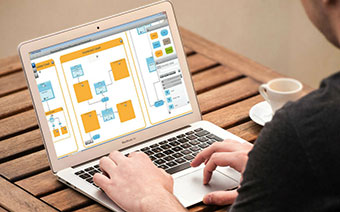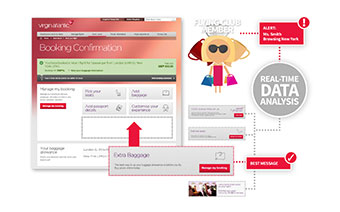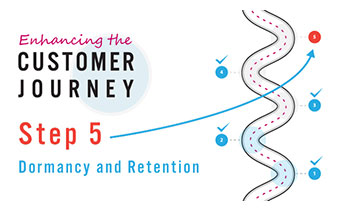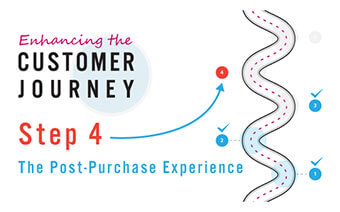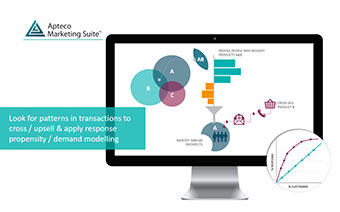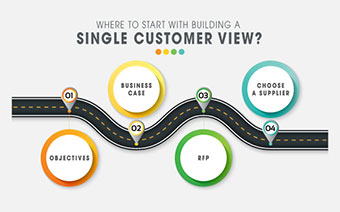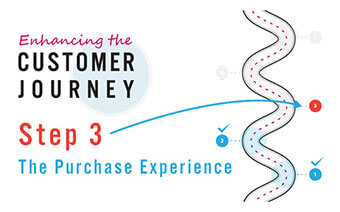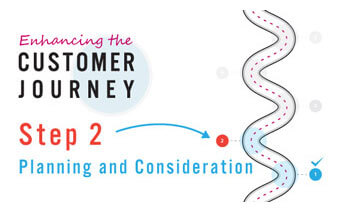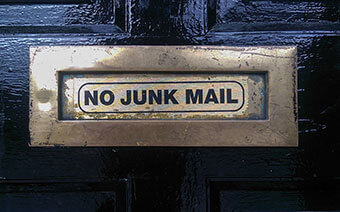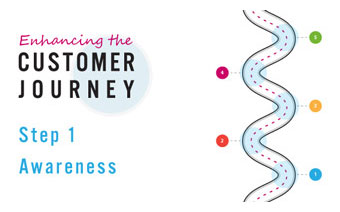It’s the very heart of your system and gives you access to your data and control over how it’s used. But not everyone knows how to build one properly or understands how important it is to have it built independently.
That’s why we always say building a SCV is a lot like building a kitchen. You want someone who will take the time to understand how your kitchen works and build it to your requirements. If your SCV is built by someone with a vested interest – such as your ESP – it’s inevitably going to be designed around that one tool, with a lack of understanding of how else you’ll want to use your SCV. It makes as much sense as asking your toaster manufacturer to design your kitchen.
And if your SCV is already pre-configured, rather than built to your requirements, you’re going to be left trying to squeeze your data into a standardised layout that probably won’t work for you.
We’ve built SCVs for quite literally hundreds of companies and we’ve been called in to fix ones which have been poorly designed, so we’ve seen many of the problems up close.
So, whether you’re in the market for a new kitchen or a new SCV, let’s go shopping.
Planning your kitchen
The most important thing in choosing a new kitchen – or upgrading your existing one – is to get the fundamentals right. It’s easy to be swayed by all the new and exciting gadgets in the showroom, but try to resist the temptation to fill up your basket just yet.
You need to start by asking what’s wrong with your current kitchen – what works and what doesn’t? You need to know exactly how you want to use your kitchen and then design it around your needs – not around the latest gadget.
We’ve seen lots of clients with very flashy tools but who fail to use them effectively – either because they’ve put these tools into a crumbling structure or because the tools are simply not right for what they want to achieve.
So it’s key to think about what you need and make sure that your SCV – or kitchen layout – meets those needs before you start buying your tools. Over the years we’ve seen many firms commit to new tools before they’ve really understood how everything will work together, and they end up having to rebuild the kitchen around them simply to get them to work.
Plumbing and electrics versus appliances
Think of your SCV as the plumbing and the electrics without which your appliances (or marketing tools) won’t work. We’ve seen many clients go off and buy high-end marketing automation and real-time personalisation tools and expect them to plug and play. They don’t, especially if you want to get the best out of them.
You won’t get the returns and the customer experience you want without first ensuring that you have a SCV (the plumbing and electrics). For example, you don’t want all your plug sockets on one side of the kitchen or no plumbing on the wall where you want to put your sink, dishwasher or washing machine.
Once you have a well-built SCV, you can upgrade your marketing tools as needs change or technologies evolve. So think less about the shiny tools and more about your electrics and plumbing.
So, what’s the best way of planning out your data kitchen?
Establish your requirements
The first step is to work out everything you want your SCV to do. What are the priorities for your organisation, who will want to use it and how complete does it need to be? These are the big decisions to be made before you get into choosing the brand of your appliances and the colour of the walls.
Make sure you involve all interested parties so you don’t miss out anything vital. You’ll certainly want it to be able to analyse and segment the customer base and also set up automated personalised customer journeys delivering the right communications for the right customers across multiple touchpoints and channels. But elsewhere in the business, they’ll be looking to pull together sales, refunds, quotes, claims or other important data. And you’ll definitely want it to deliver fast, accurate reporting.
We need to ensure that all the required valuable customer data is organised and accessible in the kitchen – otherwise the appliances don’t work properly – so we have to start with the plumbing and electrics plan. We all know that plumbing and electrics is a specialist skill. Get a specialist in to do this part of the kitchen. Just because someone makes dishwashers, it doesn’t make them a plumber.
It’s difficult – and expensive – to change your mind further down the line so take the time to establish your requirements in full. If you’re an enthusiastic chef, you might want much larger cooking area and multiple ovens. Or maybe you’re time poor and your priorities are a microwave and a wine fridge. Do you need a dishwasher? Do you need two?
A specialist, independent partner will help you consider ideas you hadn’t thought about and make sure you’ve covered all the gaps.
Remember your budget
Of course, before you start the building work, you’ll need to know your budget. Your CFO will naturally question why you need to spend the money. After all, what does the espresso machine do that a £10 kettle won’t, if all you want is a coffee? And why do you need a SVC when you already have a customer database? Be ready to demonstrate the benefits.
You’ll obviously want to include the increased sales and profits you’ll drive, but also the cost savings and the enhanced customer experience you’ll deliver. And your SCV can also help you manage marketing preferences, Subject Access Requests and right to erasure requests, making sure you’re compliant with data protection regulations. If you’ve properly mapped out your requirements, then the benefits will justify the costs.
If you’re using an experienced independent consultant, they’ll have loads of experience in providing the evidence and business case for your data kitchen. They’ll know what works and what doesn’t, what’s hype and what isn’t and, most importantly, what will add value and what will sit unused.
Choose your tools and appliances
Once the Single Customer View is developed, you can add in the various tools you need – marketing automation, website personalisation, analysis, reporting and so on. And if you’ve got your structure right, it’s a simple job to swap those tools over if you need something else further down the line.
You’ll have a wide choice of software that will work with the structure you’ve created and – just as importantly – with each other.
At R-cubed, we’re technology-agnostic, which means we believe in using the right tool for the job. That should be your approach as well. Don’t buy something just because someone else says you should. Also don’t believe a technology provider that says the tool can work without decent plumbing and electricity, i.e. without an SCV. Buy the tools and appliances that fit your needs best and always make sure you can upgrade or replace it if you need to by keeping control of your SCV.
Upgrading your kitchen
Once your SCV is in place and you’ve started using it, you’ll want to tweak it a little. Move the cutlery to the drawer next to the plates, treat yourself to a better toaster and put up a hook for the tea towel. But because the important stuff will already be in the right place, that’s not a problem and you won’t suddenly realise the oven needs to be where the washing machine is.
So whether you’re building your SCV or putting in a new kitchen, don’t be swayed by the latest new gadgets before you’ve done the ground work. Just follow the key steps –
- Plan out what you need – remember electricity and plumbing versus tools
- Approve the cost
- Get the structure in place by an expert in data
- Put in all your new tools and gadgets – read the manuals or have experts on hand who will help you work them to their full potential
And if you want to know more about building your SVC, you’ll find lots of great information in our articles on How to build a SCV and How to run a SCV pitch.
And you can always get in touch with us or pay us a visit. We’ll even put our expensive new coffee machine on for you.

